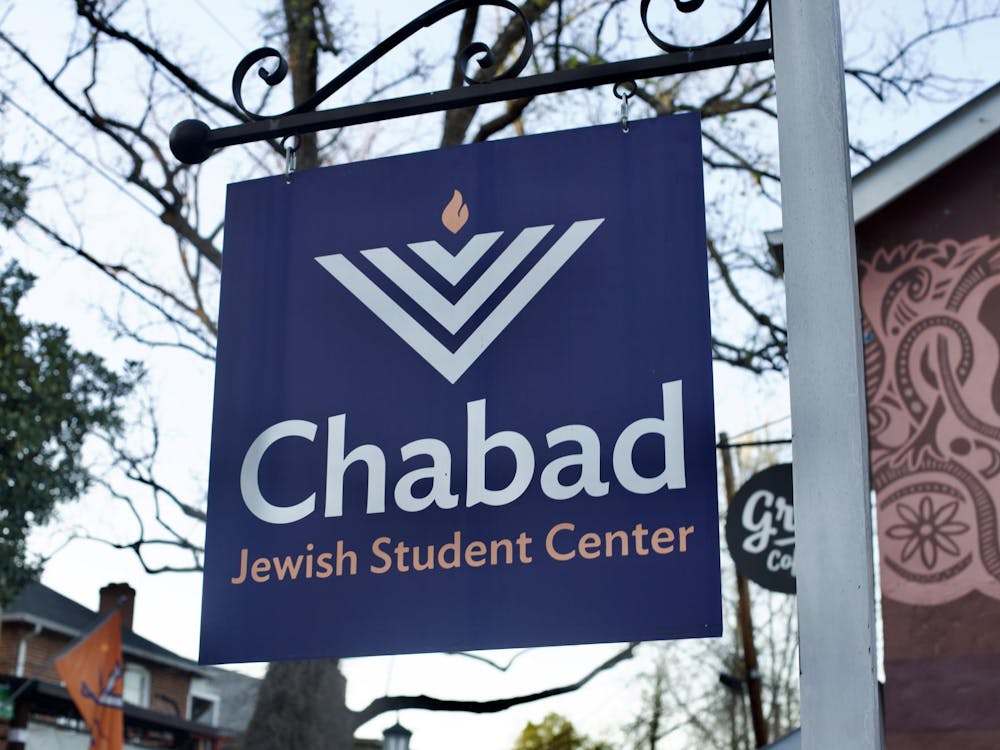Editor’s Note: This story was previously published with significant errors in calculations. This version has been corrected to reflect accurate percentages and numbers. The Class of 2027 has the highest percentage of students who identify as people of color — this year’s percentage of students who identify as people of color is not directly comparable to the percentage The Cavalier Daily reported in last year's cycle because of differences in methods of calculation.
The Class of 2027 entering Grounds this fall represents an all-time high of first-generation college students and students qualifying for federal need-based aid. Continuing historic trends, the Class of 2027 again breaks the record for the most racially diverse class in University history.
In the 2022-23 application cycle, the University received a record-breaking 56,439 applications — nearly 6,000 more applications than the 2021-22 cycle. Of those applicants, just over 9,000 were accepted, and 3,995 chose the University as their home for the next four years.
38.7 percent of incoming students qualify for need-based aid, an increase from 35.6 percent in the previous cycle, and 16.4 percent qualify for the Pell Grant — a federal need-based grant program for undergraduate students who display exceptional financial need.
Additionally, 17.5 percent of students identify as first-generation college students — a record percentage for the University and a rise from 15.6 percent in the Class of 2026.
Overall racial diversity increased from Class of 2026, following a historic trend. The percentage of students identifying as people of color increased during the last two admissions cycles.
29.9 percent of students identify as Asian or Asian American, an increase from 27.6 percent last year. 10.8 percent of students identify as Black or African-American, similar to the 11 percent seen last year.
7.7 percent of students identify as Hispanic, Latino, Latina or Latinx, also similar to data from the Class of 2026 with 8.2 percent. 0.2 percent identify as Native Hawaiian or Pacific Islander and 1.1 percent identify as American Indian or Alaska Native.
Diversity in college admissions, specifically related to race, has been the topic of increased scrutiny over the past few months following the Supreme Court case that eventually overturned race-based affirmative action at universities. While the decision did not impact the process for the Class of 2027, Dean of Admissions Gregory Roberts emphasized the importance of diversity of all kinds.
“We're always looking for geographic diversity, racial and ethnic diversity and diversity of life experience,” Roberts said. “But it all starts with the students' performance in the classroom.”
For the third year since the pandemic, the University utilized a test-optional admissions plan that will continue into the fall of 2025. Some at the University have called for the permanent implementation of a test-optional cycle, as the change has been linked to a rise in applications and increased applicant diversity nationally.
2,378 students — or 59.5 percent of admitted and enrolled applicants — submitted ACT or SAT scores, while 40.5 percent submitted neither.
“I think that it's probable that students who were required to take tests years ago could have opted out of the admission process because they thought they were unlikely to be admitted and now they believe they have a chance — because we're not looking at the testing when they do not submit it,” Roberts said.
Following historic trends, the Class of 2027 leans female — 57.2 percent of incoming students identify as female and 42.8 percent as male. 587 admitted students are “legacies” — the children of University graduates. 186 of those are out-of-state students.
76 percent of students enrolled in the College of Arts and Sciences and 18 percent enrolled in the School of Engineering and Applied Science. The School of Education and Human Development, the School of Architecture and the School of Nursing each had 2 percent of first-year students enroll.
To welcome prospective students to Grounds, the University returned their Days on the Lawn and orientation program to in-person spring of 2022 after being online since the spring of 2020. Again this past spring, students were able to experience the University in full, with information sessions and activities being led by current students and faculty.
With in-person orientation also in full swing for the second year since the pandemic, most of the Class of 2027 traveled to Charlottesville this summer to embark on their first journey as U.Va. students.
The length of this journey varied drastically — 65.6 percent of students are Virginians, while 34.4 percent of students are out-of-state. Further, 5.6 percent of students are international, representing 90 countries. 19 percent of students speak a first language that is not English.
As the Class of 2027 makes their descent upon Grounds, Roberts extended his congratulations as well as a message for students as they embark on their new journey.
“I wish them the very best of luck and we are so happy that they are here,” Roberts said. “I would encourage them to keep an open mind… I would encourage them to seek out people who have different thoughts and beliefs and opinions than they do or even life experiences.”







